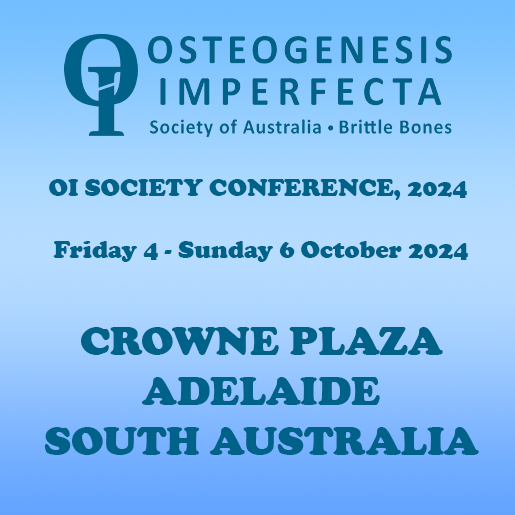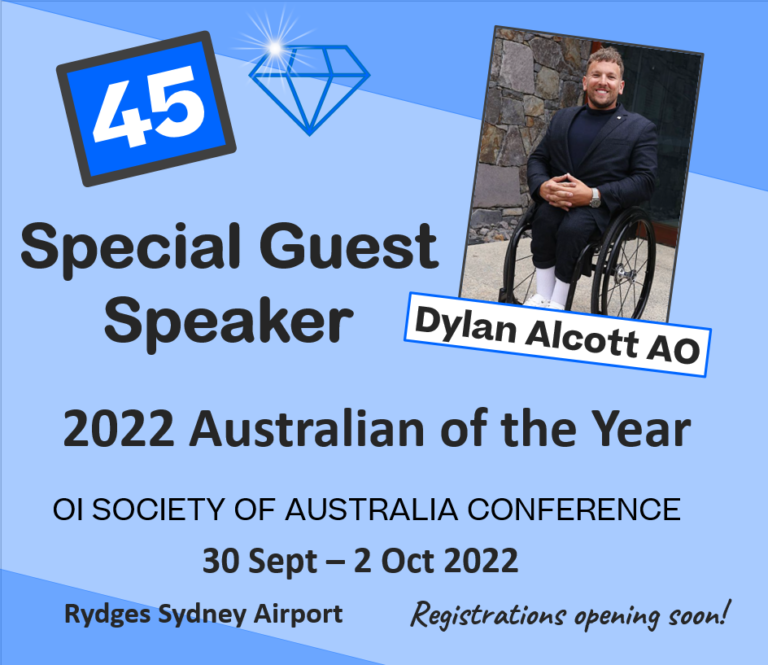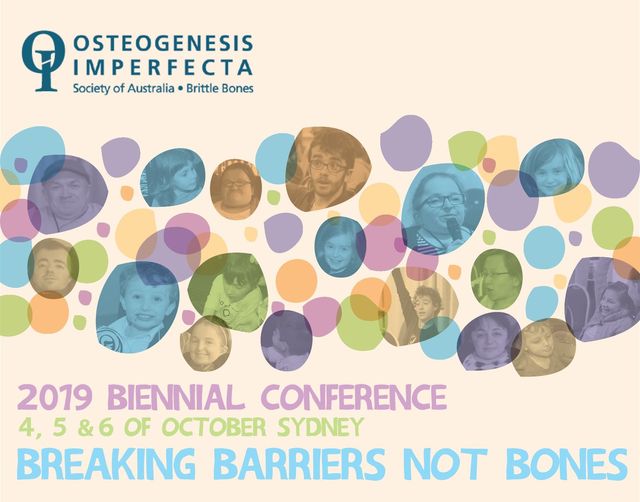Treatment
OI is treated primarily by managing fractures and promoting as much mobility and independence as possible. Prolonged immobility can further weaken bones and lead to muscle loss, weakness, and more fractures. Many orthopaedic surgeons prefer to treat fractures with short-term immobilization in lightweight casts, splints, or braces to allow some movement as soon as possible after the fracture.
Various minerals and medications have been tested to determine if they strengthen bone in OI. Most of these substances have not been proven effective. Current therapy is focused on multidisciplinary care with treatment of osteoporosis with bisphosphonates when necessary.
- Healthy Lifestyle
- Cyclic intravenous Pamidronate
- Intramedullary Rodding to support long bones
- Somatic Cell Therapy
Healthy Lifestyle
People living with OI benefit from a healthy lifestyle, including safe exercise and a nutritious diet. Adequate intake of nutrients, such as calcium to maintain bone health, Vitamin D which helps absorb calcium from the diet and Vitamin C to promote healing, is important. However, mega doses of these nutrients are not recommended.
Evaluation by a physician or registered dietitian will help people with OI determine adequate nutrient intake for their body size and age. It is also recommended that people with OI avoid smoking, excessive alcohol or caffeine consumption, and steroid medications which may affect bone density.
Physical therapy helps children and adults with OI to maintain independence and bone and muscle mass. The long-term goal for children with OI is independence in all life functions such as self-care, locomotion, recreation, social interaction, and education, with adaptive devices as needed. Swimming and water therapy are particularly well-suited for people with OI of all ages, as they allow independent movement with little fracture risk. Walking is also excellent exercise for those who are able, with or without mobility aids.
Bisphosphonate Medicines
Bone is constantly being made, remodelled and repaired in growing children. The process of bone turnover has been extensively studied. This involves remodelling and repair to the growing skeleton or areas of the skeleton with stress fractures. The first effective medicine introduced to treat OI was intermittent doses of intravenous Pamidronate, a medicine representative of the class of medicines which inhibit bone resorbtion.
Cyclic intravenous Pamidronate (trade name Aredia®), is a safe short-term therapy for the treatment of osteoporosis in children with Osteogenesis Imperfecta. Its use resulted in improvement with increased mobility, decreased pain, increased feeling of well-being, fewer fractures, and an increase in bone density.
Bone densitometry (BMD) can be standardised for children and cyclic intravenous Pamidronate was shown to increase BMD throughout the skeleton. There was a positive enhancement of growth and a trend towards normal remodelling of long bones and spine.
- Two regimens have been effective:
- A single intravenous dose given either monthly or second monthly or
- Three doses given on consecutive days every three-four months.
- For many children there is a return to normal ranges of bone density within two to three years of commencing therapy. The largest changes are visible in infants and during puberty.
In recent years, newer bisphosphonates with different potencies and treatment frequencies, including Zoledronate and Risedronate have been trialled and are used in many centres. Cyclic Intravenous Zoledronate which is marketed as Zometa® and Aclasta® is 400 times more potent than Pamidronate and the effect lasts for a considerable period such that the recommended dose interval may be up to 4-6 monthly in children and 12 months in adults. Risdedronate which is marketed as Actonel® is prescribed in children and adults as a medicine which can be taken by mouth subject to precautions. Australian children formed the largest number of the international cohort in whom oral Risedronate was trialled for safety and efficiency.
While monitoring needs to be undertaken in centres equipped for this, therapy can be given at local hospitals supervised by paediatricians or family practitioners.
Short-term safety of bisphosphonates has been established, however long-term care needs to be taken as some bisphosphonate accumulates in bones with each dose. As noted below, the optimum effects of treatment of osteoporosis in children occurs in the first 3 years of commencing therapy. In most situations subsequent treatment is aimed at maintaining the gains of treatment. Treatment may need to be reintroduced during puberty and reduced or ceased in young adults.
In adults, caution is taken to avoid overdosage and prevent low bone turnover fractures (Bisphosphonate Induced stress fractures). The safety of pregnancy in adults who have received bisphosphonates for many years in childhood has been established but as a general policy bisphosphonate administration should be ceased in pregnancy and most specialists recommend ceasing infusions at least 2 months prior to a therapy injection.
- Read report from Professor David Sillence regarding Bisphosphonate Treatment Program – The Children’s Hospital at Westmead, 2000
- Read report on Conference in 2001 on the use of Bisphosphonates – Royal North Shore Hospital in Sydney in July 2001
- Read Australian National Guidelines for utilization of bisphosphonate therapy (references in the Raising Children Network guide to OI) 2024.
Intramedullary Rodding Surgery
Some children with OI may have had a surgical procedure known as rodding, in which metal rods were inserted into the long bones to control fractures and improve deformities that interfere with function. There are two basic types of rods. Non-expandable rods are more versatile but often must be replaced as the child grows. Expandable rods can grow with the bone but are only appropriate for larger bones (such as the femur) due to their thickness and need to be firmly anchored at both ends.
Other Therapies
Stem cell therapies are being investigated in laboratory and animal studies. However somatic cell therapy such as bone marrow transplantation plays no role at the present time in the management of OI. Other treatments, including growth hormone and gene therapies have also been researched.
Other agents such as parathyroid hormone, Denosumab, and anti-Transforming Growth Factor Beta Antibodies have been studied but at the present time have no therapeutic application in the Brittle Bone Disorders in children. Anti-sclerostin Antibodies marketed as Setrusumab and Romosomumab have been marketed in Australia for the treatment of Osteoporosis in Adults but the outcome of trials in children and young adults are still being assessed.


